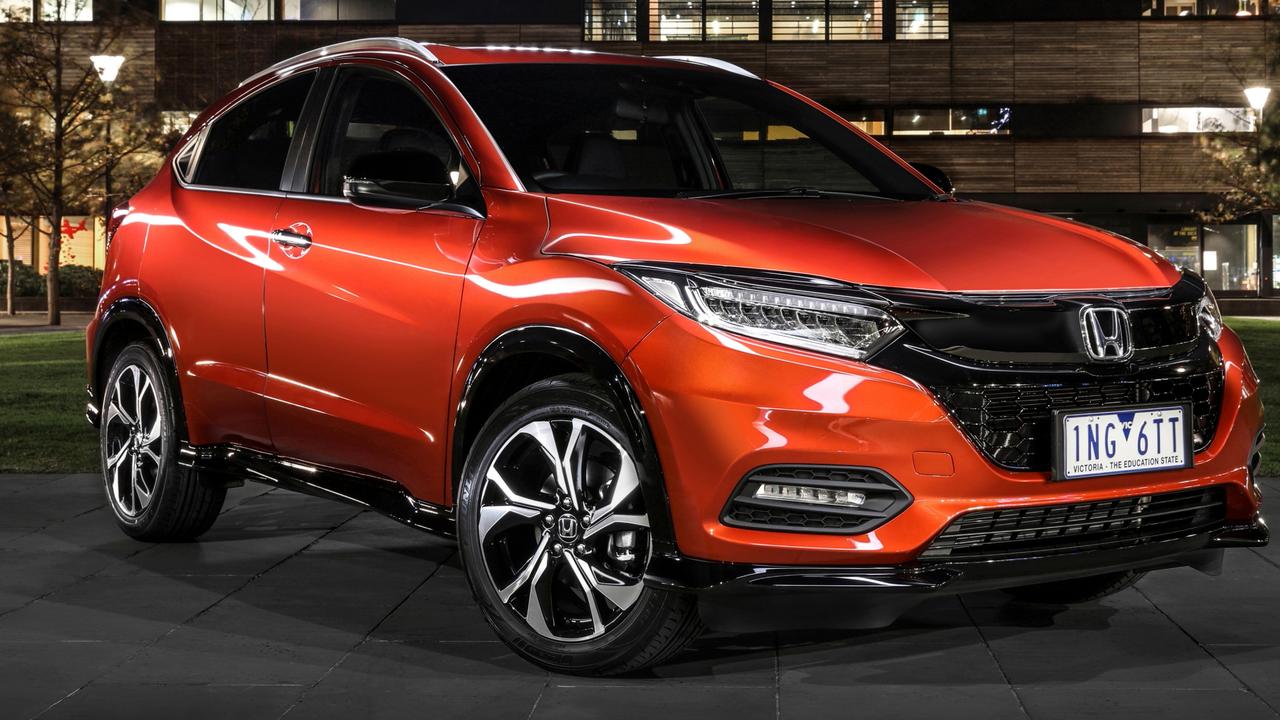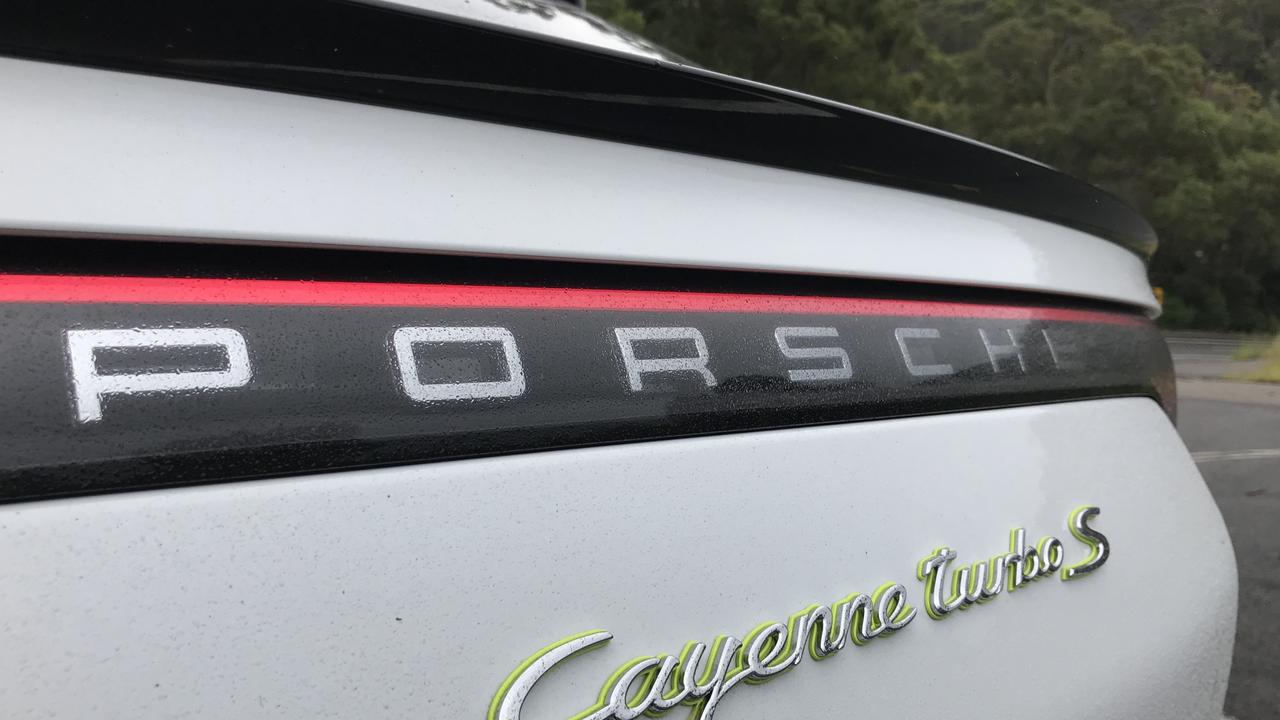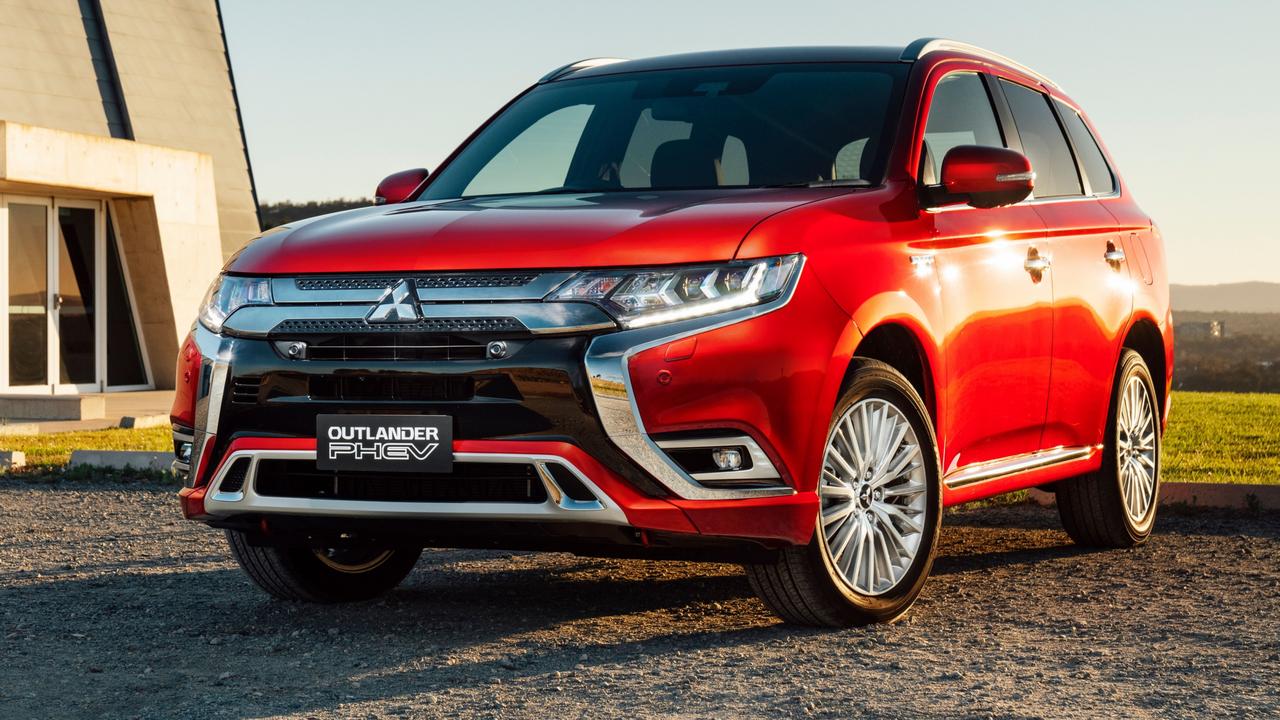Hyundai i30N, VW Golf GTI and Ford Focus ST in hot hatch shootout
HYUNDAI’S first truly hot hatch takes on two legends of the genre, the VW Golf GTI and Ford Focus ST.
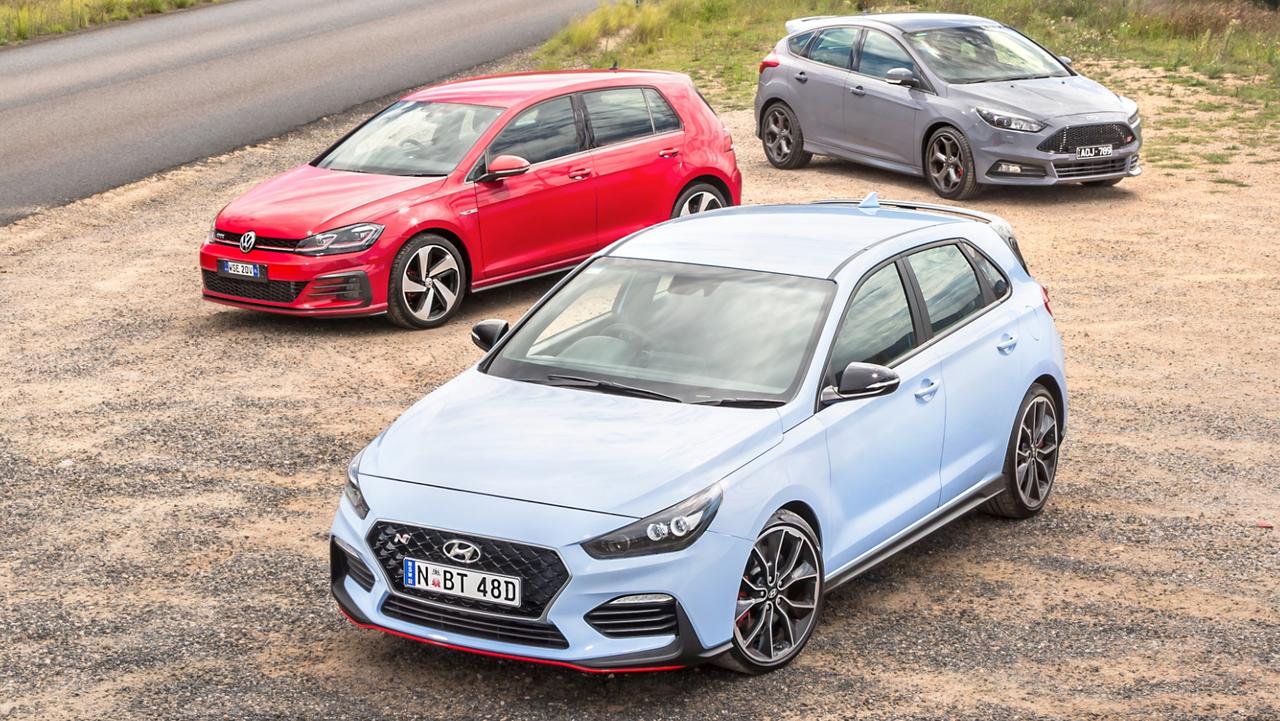
THE hot hatch formula seems simple enough: fit a powerful engine to a small car. However, getting the ingredients to work well together — the suspension, brakes and steering — is still a black art.
Volkswagen’s GTI has been the benchmark hot hatch for years, while Ford has a history of great hot hatches, including the Focus ST.
Hyundai, on the other hand, has taken decades to produce its first real hot hatch, the i30N. Time to see if it was worth the wait.
All three cars are priced just $1000 apart, proving there is plenty of bang for your buck in the low $40,000 bracket.
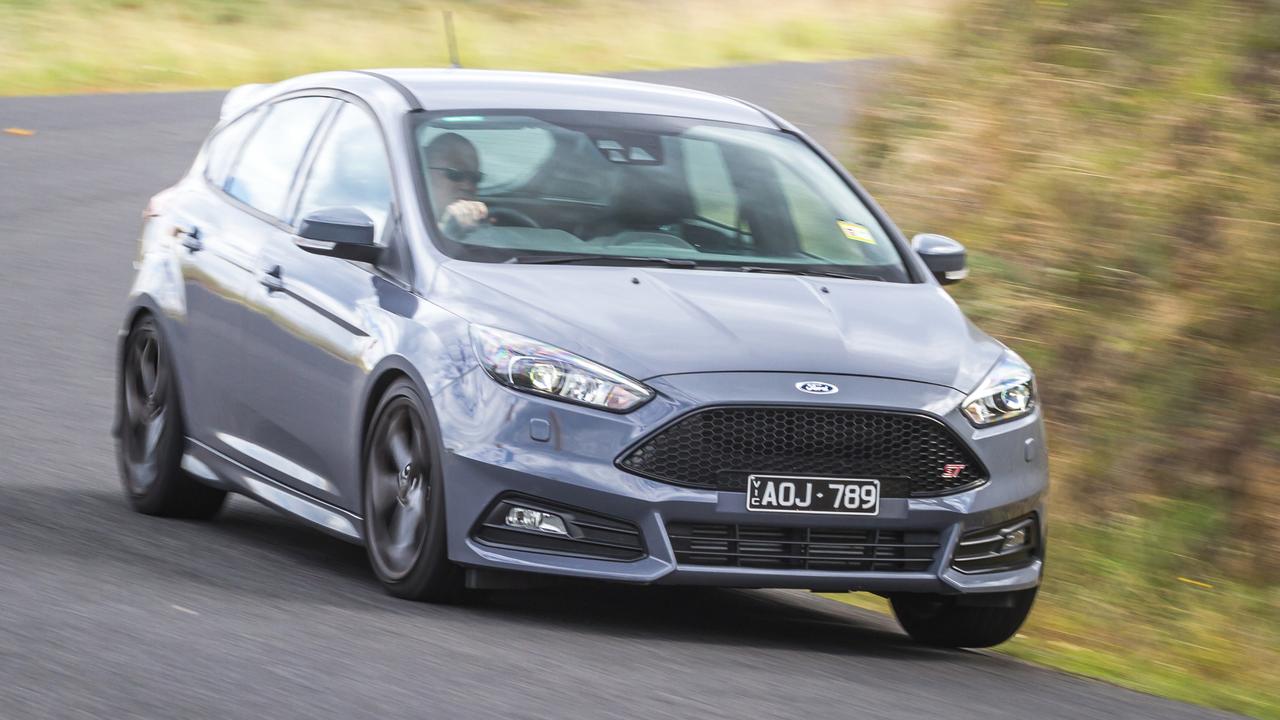
Ford Focus ST
Starting at $43,000 drive-away this generation Focus ST was introduced in 2012 and was updated in 2015. A new model is due within the next two years.
It has a throaty 2.0-litre turbo engine with loads of character and plenty of oomph, a six-speed manual gearbox, sticky tyres, big brakes and Recaro sports seats.
Inside, most mod cons are covered: a digital speed display, a large touchscreen with built-in navigation, Apple Car Play, Android Auto, dual zone air-conditioning and a sensor key with push-button start.
It also has the cheapest routine service costs over three years, using the national average distance travelled of 15,000km as a guide. However the Focus ST pulls up short on safety.
Six airbags, tyre pressure monitors and a rear camera are standard but auto emergency braking (standard on the other two) is bundled with lane-keeping assistance, blind-spot warning and rear cross-traffic alert for $2000.
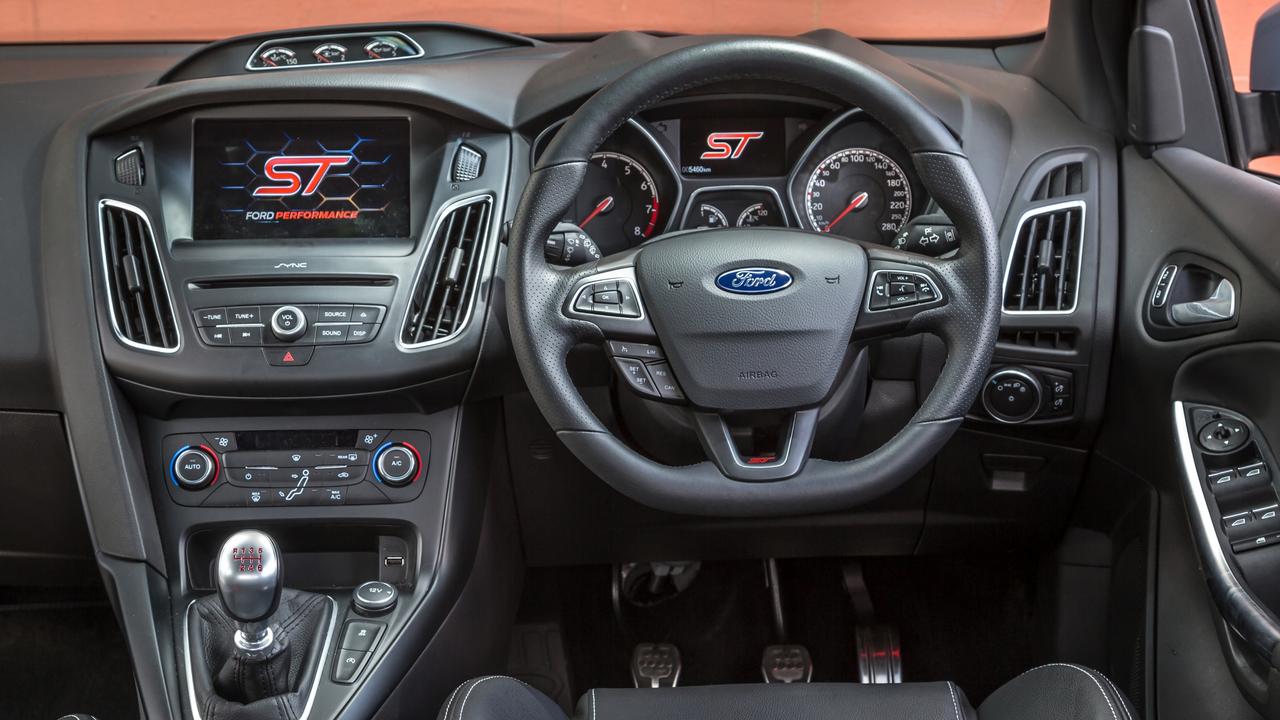
On the road the ST’s suspension is taut — even on seemingly smooth roads — but it’s not bone-jarring. The steering is well weighted, the grip from the Goodyear F1 tyres is superb and the brakes have a precise feel.
However, in tight turns you can feel the steering wheel start to wriggle as the front tyres scramble over bumps, despite Ford’s electronic “torque steer compensation” working in the background in lieu of a mechanical limited-slip differential.
The gearshift action feels smooth and direct although the clutch was a bit grumpy on our test car, possibly due to a hard life as an evaluation vehicle.
The ST is still a highly capable vehicle that delights the senses with its gutsy sound, ample grip and plenty of go.
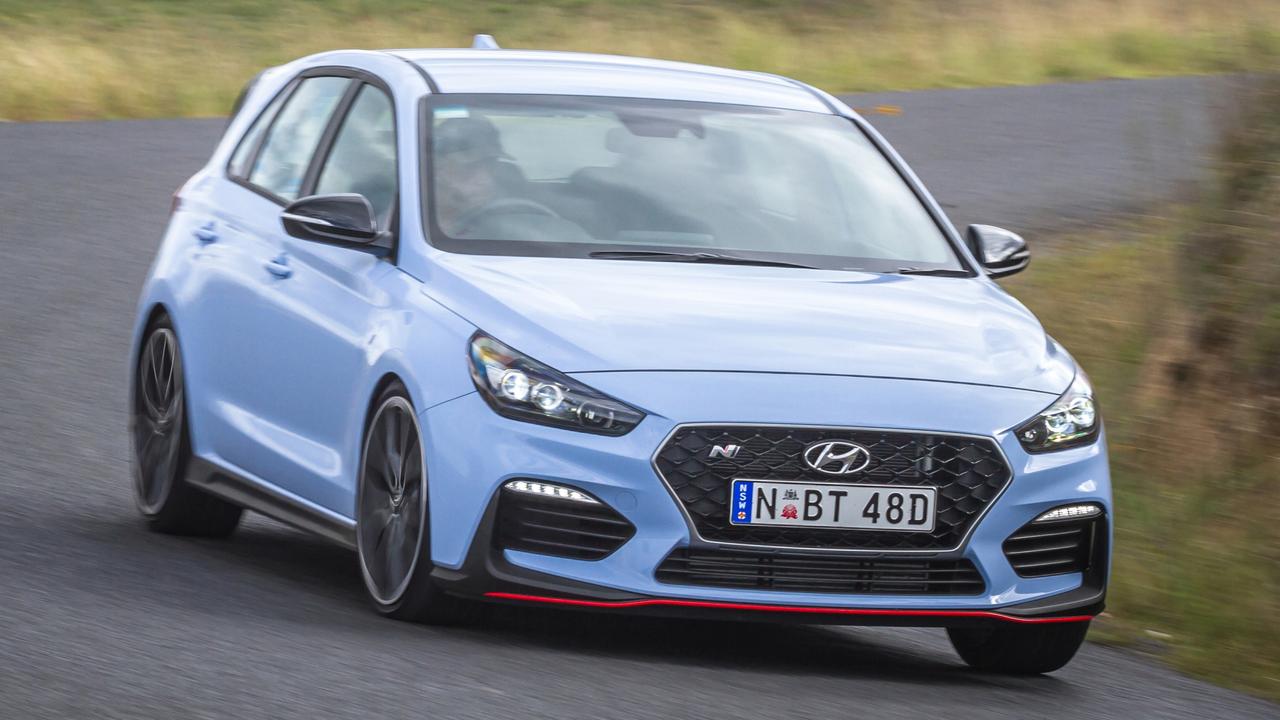
Hyundai i30N
As with the others, Hyundai has shoehorned a turbo 2.0-litre under the bonnet — the most powerful among this trio — and paired it to a six-speed manual driving the front wheels.
Inside, the i30N’s origins are immediately apparent. Aside from the chunky steering wheel with blue buttons that switch driving modes, and front seats with bigger side bolsters, this looks like the $20,000 version, not $44,000 worth.
Despite being the dearest here the cabin is dominated by cheap-looking plastics; this grade doesn’t even get a push button start. At least the instrument panel has a sporting flavour with LEDs around the rev counter and shift warning lights, apparently inspired by BMW M cars.
Standard safety equipment includes seven airbags, automatic emergency braking, lane keeping assistance, tyre pressure monitors and a rear camera.
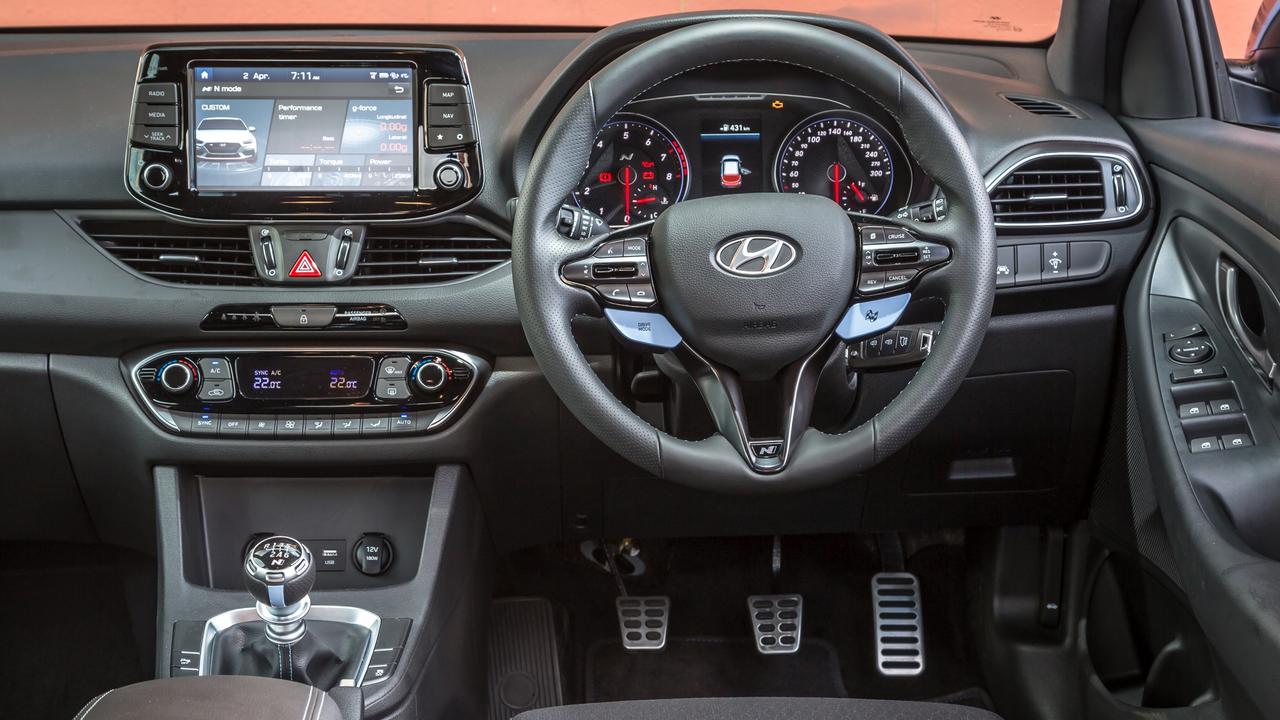
The central touchscreen has a custom menu to individually change the settings for the steering, suspension, exhaust, throttle response, stability control and differential.
In Sport+ mode the ride is too harsh for the daily commute, but “normal” is liveable.
The grip from the Pirelli P Zero tyres — the same type used on Ferraris and Porsches — is astounding when combined with a mechanical limited-slip diff that claws its way out of corners. On the limit in tight turns it carries so much speed you can feel the rear get a touch light.
The engine has plenty of grunt but it is the thirstiest here. Enthusiasts will love the exhaust crackle between gear changes in sport mode.
The brakes — the biggest among this trio — are effective, but they lacked the precise feel of the other two cars.
My least favourite aspect was the heavy and uneven steering feel — regardless of what mode you’re in — which is noticeable whether changing lanes or unwinding from a turn.
Of the three, though, it has more of the go-fast gadgets and adjustability that enthusiasts will enjoy.
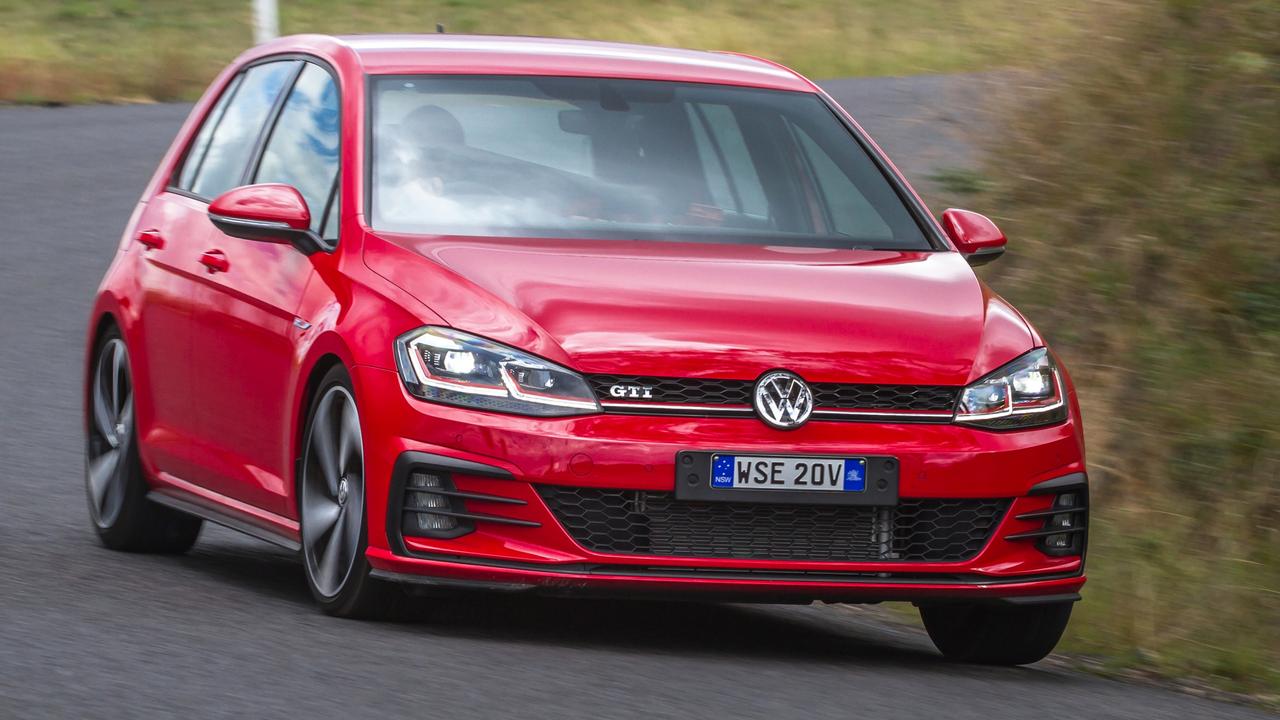
VW Golf GTI
The Golf GTI invented the hot hatch formula 40 years ago and has perfected it ever since.
This seventh-generation GTI went on sale in 2013 and was updated last year with the rest of the “Golf 7.5” range that brought more tech and more power.
Inside, the GTI could be mistaken for a luxury car in this company — despite being the cheapest here, at $42,990 drive-away.
The sports seats with tartan fabric, glossy highlights in the dash and doors, large high-resolution touchscreen, sports steering wheel and classy instrument display make the Golf look and feel a cut above the others.
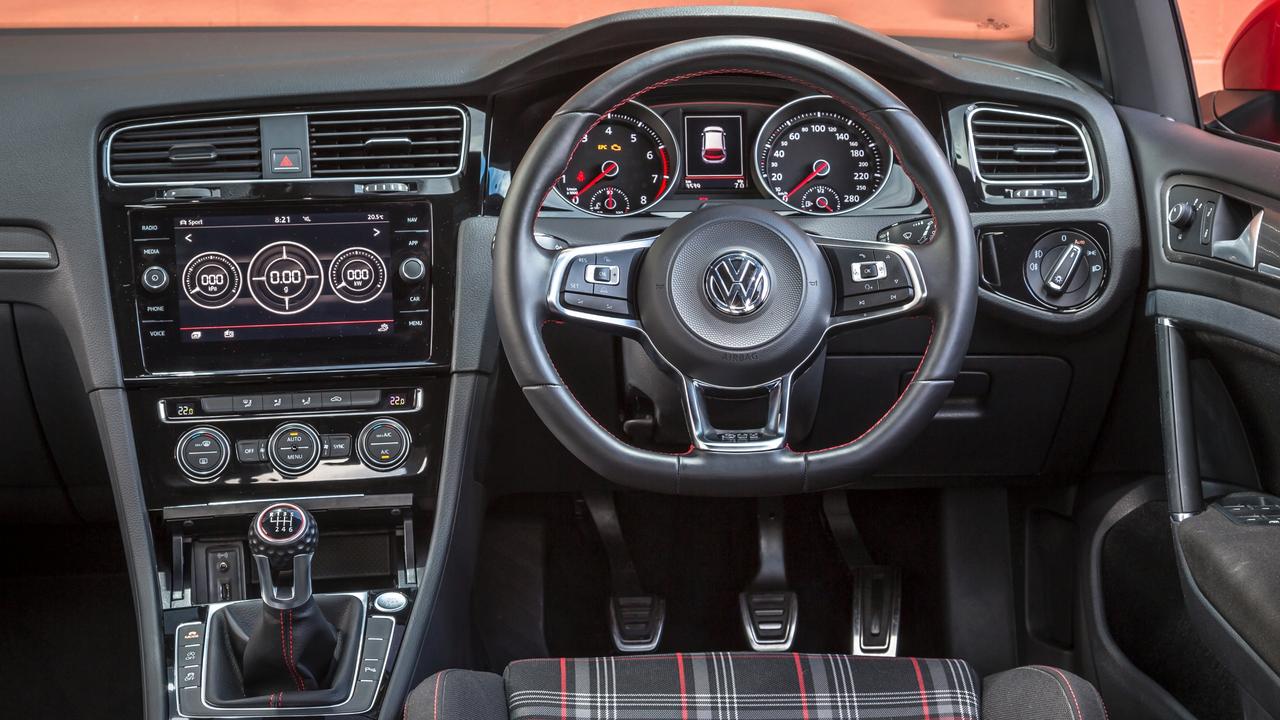
Standard safety includes seven airbags, automatic emergency braking, a rear camera, and front and rear sensors.
A $1600 option pack adds radar cruise control, lane keeping assistance, blind spot warning, and rear cross traffic alert.
The GTI may have less power than the other pair but it’s not apparent behind the wheel. There is a slight delay in power delivery below 2500rpm, but once the needle passes that point the Golf’s turbo 2.0-litre revs freely and quickly.
We matched the acceleration claims for the VW and Ford — 6.4 and 6.5 seconds respectively — but we couldn’t quite match Hyundai’s 0 to 100km/h claim of 6.2 seconds.
The best we could get out of the Hyundai, with or without ‘launch control’, was 6.4 seconds. Translated: you can throw a blanket over the acceleration of these cars.
On city and suburban roads the GTI has by far the most comfortable suspension — in any one of three modes — and it holds its own in long sweeping corners.
However, when pushed to the limit in tight turns, the Golf GTI can’t match the Hyundai’s tyre grip and differential traction out of corners.
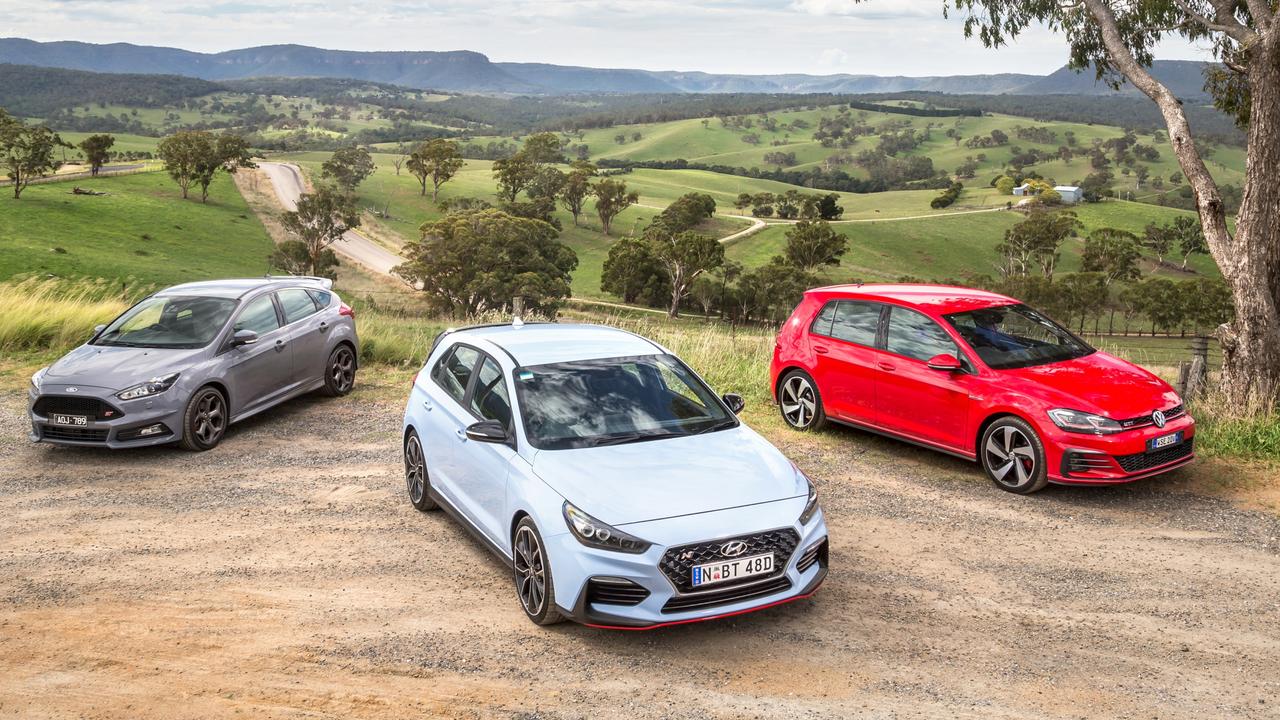
Verdict
The Focus ST makes the right noises and is a blast to drive but is dearer than the others once it’s brought up to speed on safety.
The Hyundai i30N is a solid first effort with more gadgets, more grip and better traction out of tight turns than the other pair, but it would benefit from further refinement to steering and suspension.
Hot hatches are dual purpose cars and the Golf GTI remains the world’s most civilised hot hatch, with the best blend of performance, luxury and comfort. As the cheapest here, it’s also a relative bargain.
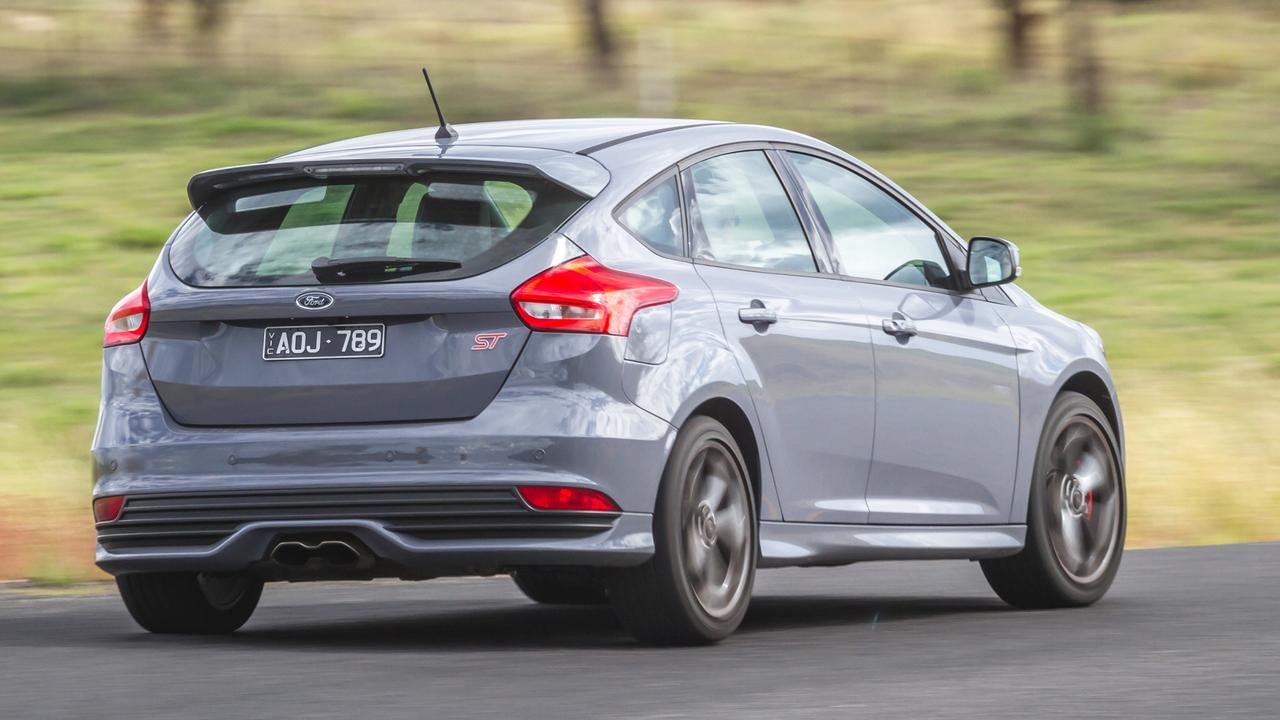
Ford Focus ST
PRICE $43,000 drive-away
WARRANTY/SERVICE 3 years/100,000km, 12 months/15,000km service intervals, cost over 3 years $1070
ENGINE 2.0-litre turbo 4-cyl, 184kW/345Nm (360Nm overboost for 15 seconds)
SAFETY 6 airbags, tyre pressure monitor, rear camera, rear sensors
THIRST 7.3L/100km (95-98RON)
SPARE Space saver
BOOT 363/1262L
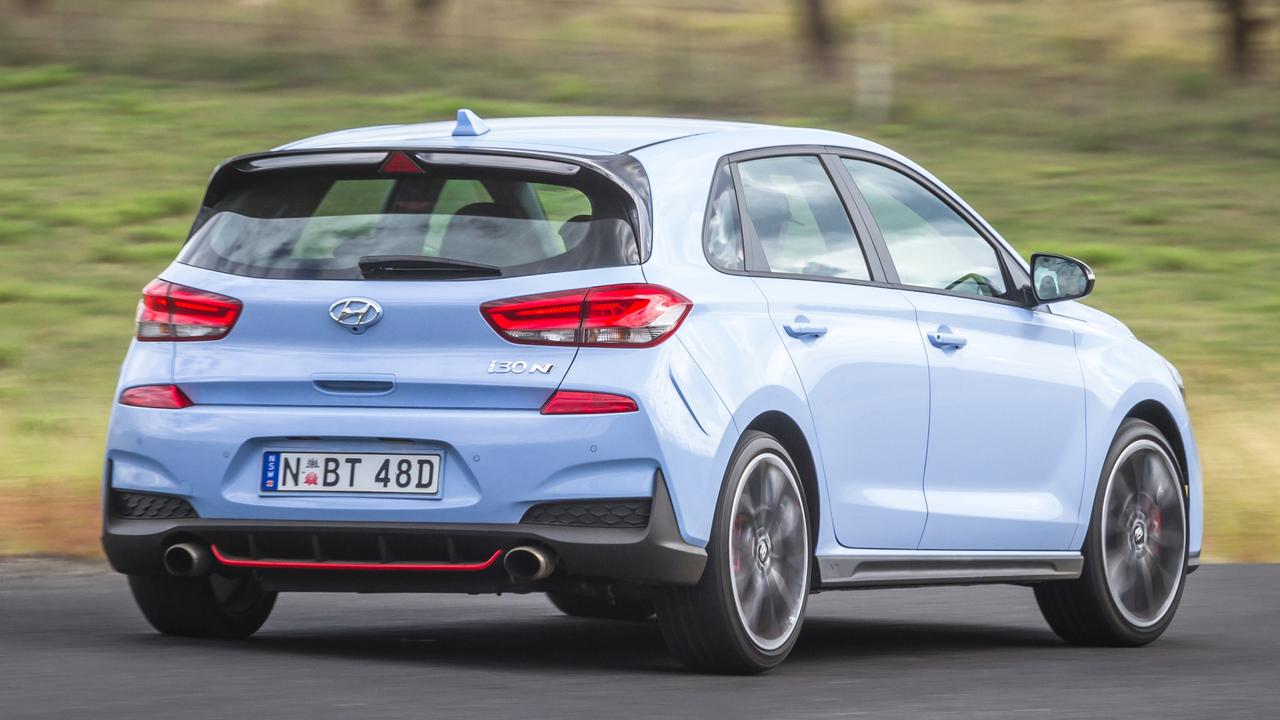
Hyundai i30N
PRICE $44,000 drive-away
WARRANTY/SERVICE 5 years/unlimited km, 12 months/10,000km service intervals, cost over 3 years $1296
ENGINE 2.0-litre turbo 4-cyl, 202kW/353Nm (378Nm overboost for 18 seconds)
SAFETY 7 airbags, automated emergency braking, lane-keep assist, tyre pressure monitor, rear camera, rear sensors
THIRST 8.0L/100km (95-98RON)
SPARE Space saver
BOOT 381/1287L
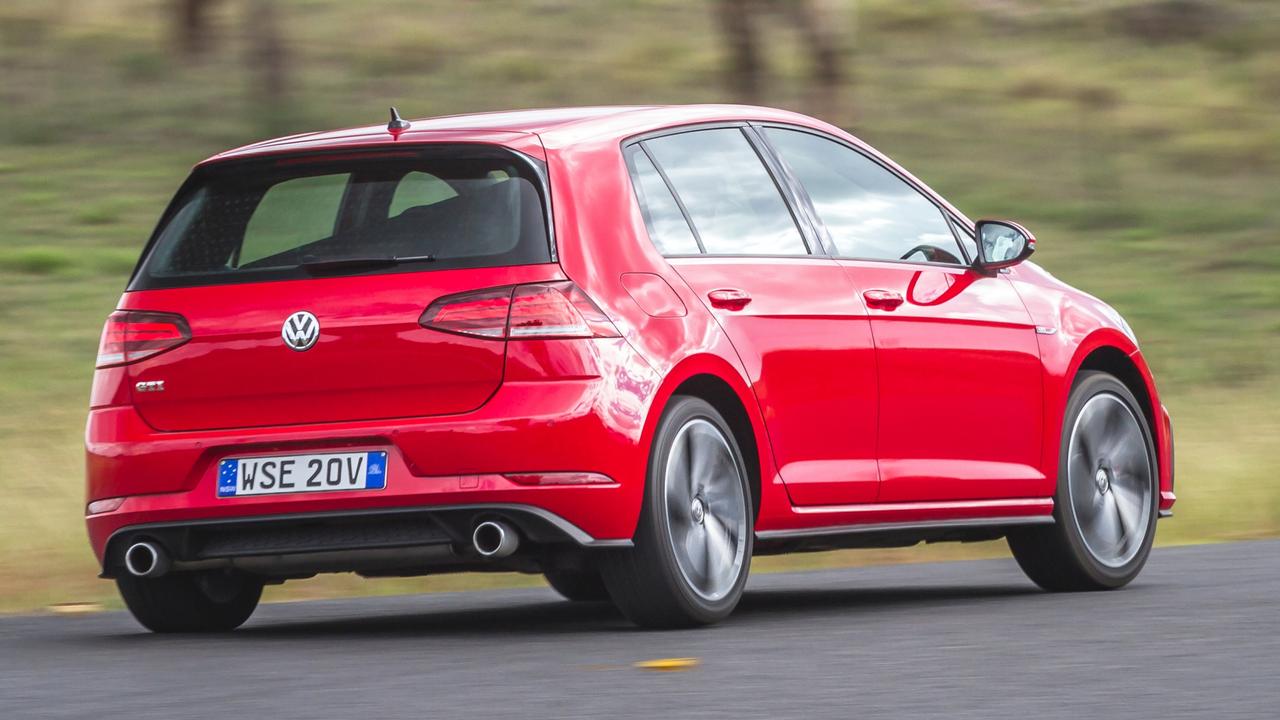
VW Golf GTI
PRICE $42,990 drive-away
WARRANTY/SERVICE 3 years/unlimited km, 12 months/15,000km service intervals, cost over 3 years $1413
ENGINE 2.0-litre turbo 4-cyl, 169kW/350Nm
SAFETY 7 airbags, automated emergency braking, rear camera, front and rear sensors
THIRST 6.7L/100km (95-98RON)
SPARE Space saver
BOOT 380/1270L
This reporter is on Twitter: @JoshuaDowling

